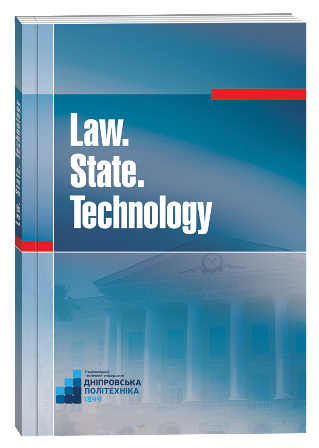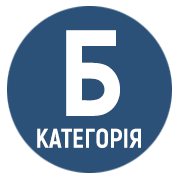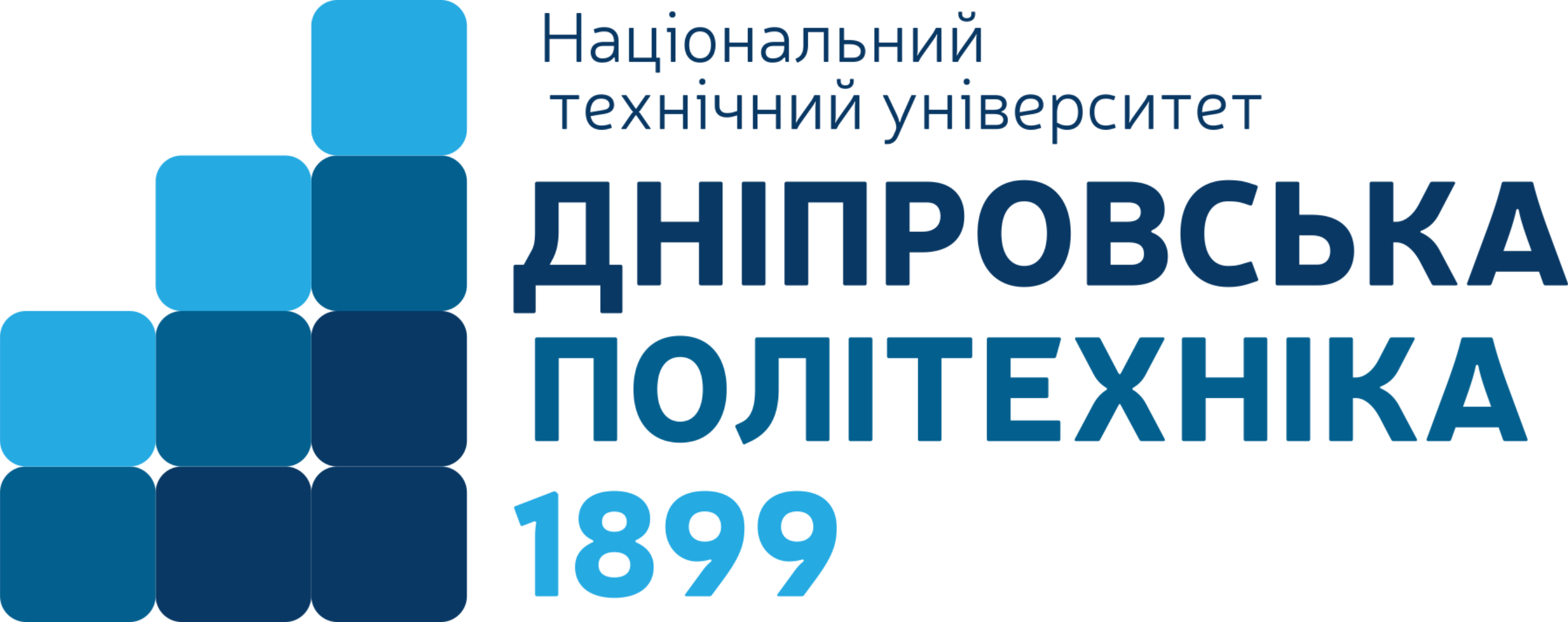PLAGIARISM AND ACADEMIC PLAGIARISM: CIVIL LIABILITY AND ACADEMIC RESPONSIBILITY
DOI:
https://doi.org/10.32782/LST/2021-4-7Keywords:
plagiarism, academic plagiarism, measures of academic responsibility, copyright, academic integrity.Abstract
Academic integrity is the general principles of academic activity (teaching, research, etc.), which aim to ensure the quality of education and science, as well as the formation of a culture of quality education of the academic community and participants in the educational process. The nature of academic integrity determines the content of academic plagiarism as a phenomenon inherent in the educational environment. The aim of the article is to determine the relationship between such phenomena and concepts as plagiarism and academic plagiarism, as well as the responsibility for committing plagiarism and academic plagiarism in order to develop internal provisions on the inadmissibility of academic dishonesty in educational institutions. When working on the publication, the hermeneutic approach was mainly used that is based on the interpretation of regulations and special legal literature, as well as methods of comparison and generalization. The scientific novelty lies in the distinction between academic plagiarism and plagiarism, and the definition of restrictions on the application of liability for actions that contain signs of academic dishonesty, and in particular academic plagiarism. Conclusions. Indicators of the originality of the work as indicators of the ratio of the author’s text to the total volume of the work cannot be the only indicators to reflect academic integrity. When evaluating a work on plagiarism and academic plagiarism, it should be borne in mind that the requirements for academic integrity will be fully met provided that plagiarism (as well as other violations) within the meaning of copyright law, as well as violations of academic plagiarism in understanding of education legislation. When defining a set of criteria for evaluating a scientific achievement (the result of scientific work), it should be clearly defined what kind of result it is, in what objective form it exists, what advantages and preferences it provides to the author, and so on. The difference between “copyright” responsibility and academic responsibility is the scope of their application. Responsibility for actions that are manifestations of academic dishonesty is the field of education and science. Accordingly, measures of liability that can be applied out of court should not be measures of civil liability and consist of additional material burden for the person being prosecuted. Civil liability measures are a means of protection, which is a property sanction for the offense, which is characterized by the imposition of an additional obligation of a property nature on the offender. Academic liability should be limited to the loss by the relevant subject of the gains that he has received as a result of acts in violation of academic integrity, as such liability is not associated with a mandatory violation of a person’s subjective right.
References
Тицька Я.О. Академічна доброчесність як елемент системи забезпечення якості освіти. Науковий вісник Міжнародного гуманітарного університету. Серія «Юриспруденція». 2018. № 34. С. 4–7.
Тицька Я.О. «Академічна доброчесність» та «академічна відповідальність» у забезпеченні якості освіти. Підприємництво, господарство і право. 2018. № 11. С. 192–195.
Недогібченко Є. Академічна доброчесність: складові елементи. Теорія і практика інтелектуальної власності. 2017. № 6. С. 13–21.
Троцька В. Запобігання та виявлення плагіату у вищій освіті (за матеріалами досліджень у ЄС та Україні). Теорія і практика інтелектуальної власності. 2016. № 5. С. 29–38.
Коваленко Т. Плагіат: види та відповідальність. Теорія і практика інтелектуальної власності. 2014. № 4. С. 35–40
Тімашов В. Юридична відповідальність за порушення прав інтелектуальної власності. Підприємництво, господарство і право. 2016. № 2. С. 38–42.
Штефан А. Науковий плагіат: співвідношення використання ідеї та форми вираження твору. Теорія і практика інтелектуальної власності. 2016. № 4. С. 68–79.
Ковальова А. Проблеми академічного плагіату та авторського права у цифровому просторі України. URL: http://history.org.ua/JournALL/sid/sid_2013_21/6.pdf (дата звернення: 20.10.2021).
Програмне забезпечення для перевірки наукових текстів на плагіат: інформаційний огляд / автори- укладачі: А.Р. Вергун, Л.В. Савенкова, С.О. Чуканова; редколегія: В.С. Пашкова, О.В. Воскобойнікова-Гузєва, Я.Є. Сошинська; Українська бібліотечна асоціація. Київ : УБА, 2016. Електрон. вид. 1електрон. опт. диск (CD-ROM). 36 с.
Положення про запобігання та виявлення академічного плагіату у наукових, навчально-методичних, кваліфікаційних та навчальних роботах у Дніпропетровському національному університеті імені Олеся Гончара, ухвалене Вченою радою, протокол № 8 від 22 грудня 2016 р. URL: http://www.dnu. dp.ua›docs›dnu›polozhennya (дата звернення: 20.10.2021).
Садикова Я.М. Підстава та умови застосування заходів цивільно-правової відповідальності за порушення авторських та суміжних прав. Форум права. 2012. № 4. URL: http://archive.nbuv.gov.ua/ e-journals/FP/2012-4/12cjmtcp.pdf.
Сергеев А.П. Право интеллектуальной собственности в Российской Федерации : учебник. -2-еизд., перераб. и доп. М. : ТК Велби, Изд-во Проспект, 2004. 752 с.








